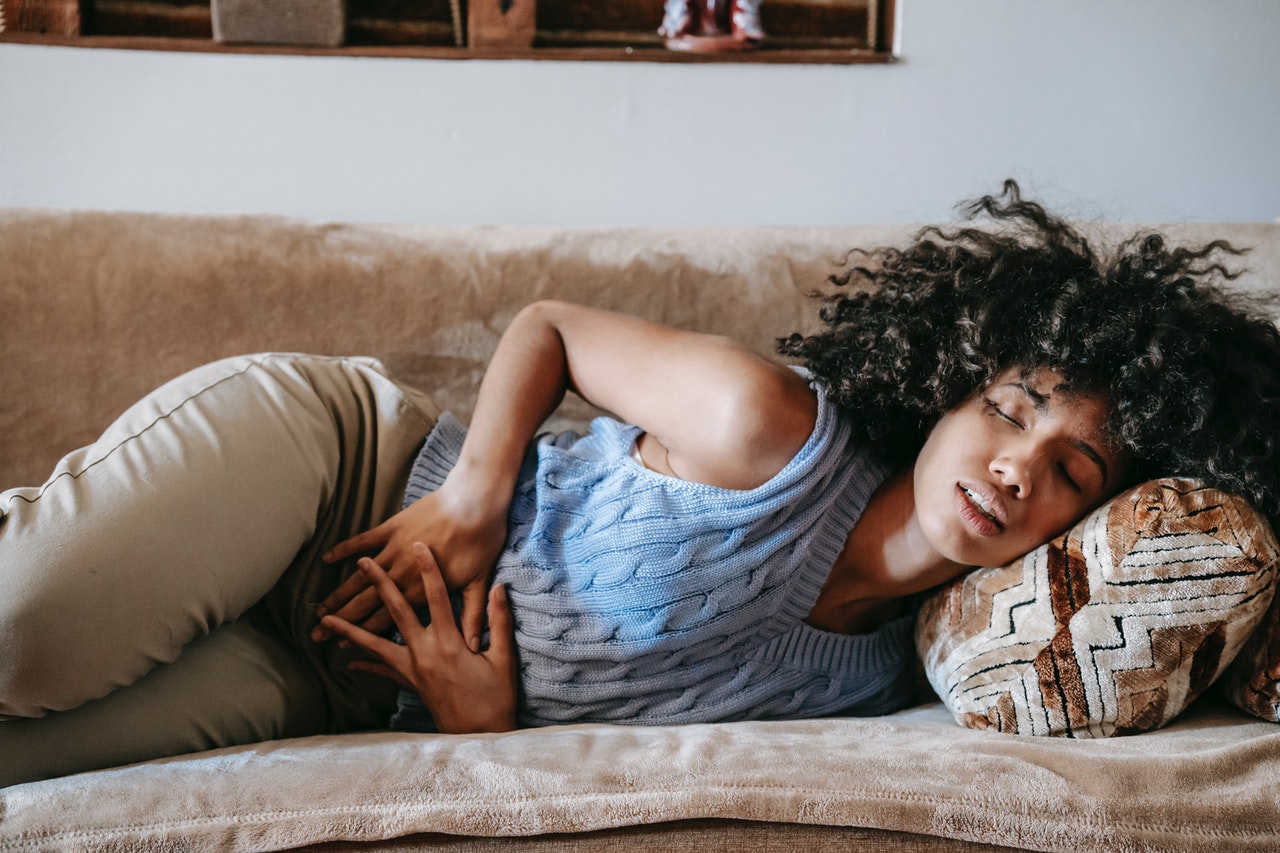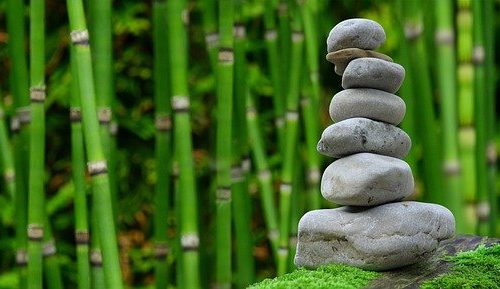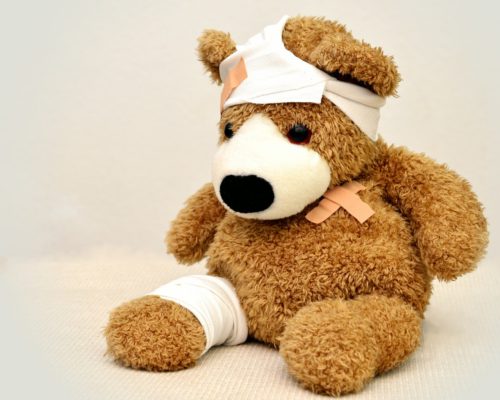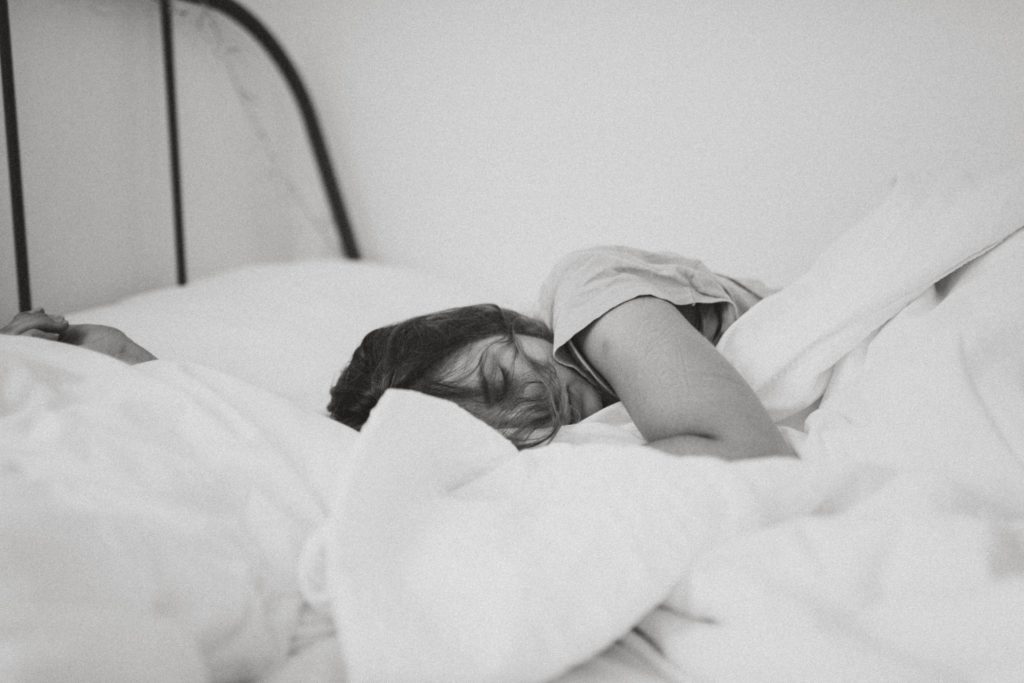
When health and technology team up, the results can be life-changing. Since the introduction of biofeedback devices to the consumer market, many have found such technology to be an invaluable tool in their daily lives. Most of these wearable devices have the capacity to measure physiological variations as they happen in real time. This includes tracking your heart rate, blood pressure, brainwave activity, and breathing and sleeping patterns, to name a few. By tracking these variables throughout your day-to-day activities, workouts, and sleep, a vast amount of data can be collected. With these quantified measurements, individuals can deduce critical information that allows them to identify stressors, review and adjust the outcomes of health-oriented workouts and mindfulness practices, and improve sleep quality. Oftentimes, as we perform health-oriented activities, we seek concrete results. There’s an assurance in knowing that we are on the right track, and that we are making healthy progress. While variables like weight loss, clear skin, and positive mood are easy to gauge, others are less pronounced. With the ability to track progress across all fronts, we are better able to modify activities to optimize our progress. Beyond this, seeing quantifiable data that reflects our hard work is often what we need to lend us that extra push to continue on the journey to health and wellness. Today, we’ll be examining how wearable technology can optimize sleep health and assist individuals in achieving their best night’s sleep every night!
What’s All the Fuss About Sleep Cycles?

It’s no surprise that sleep is essential to our overall well-being. Beyond this basic truth, research has also come to find that the stages of sleep that we reach and the number of times we cycle through these stages are significant in determining our overall quality of sleep. This cycle can be broken up into two basic categories: non-REM sleep (i.e., NREM) and REM sleep. Our sleep cycle is divided into four stages, with non-REM sleep covering stages 1-3, and REM sleep constituting stage 4. Each stage invokes its own benefits, all lasting varying amounts of time:
- Stage 1: this stage lasts approximately 5-10 minutes. Though sleep in this stage will be light, it allows the body to wind down and begin slowing muscle activity. Stage 1 builds the bridge between wakefulness and sleep.
- Stage 2: this stage still facilitates light sleep, while muscles vacillate between contraction and relaxation. Heart and breathing rates will slow, and body temperature gradually drops at this stage.
- Stage 3: this is the stage of deep sleep, and the critical period that will allow you to feel refreshed and recharged the next morning. Waking up in the midst of this stage of deep sleep will likely result in you feeling groggy and even cranky. Brain waves slow down dramatically, and it is during Stage 3 that your breathing and heart rates will drop to their lowest in the course of a sleep cycle.
- Stage 4 aka REM Sleep: after cycling through the first three cycles, you will arrive at REM sleep roughly 90 minutes in. This stage does not promote deep sleep. This is due to the brain being more active, mimicking similar brainwave activity to that which might be observed during wakefulness. The majority of your dreams will take place during REM sleep, and will be more vivid and intense than they would be if they were to occur during non-REM sleep. Eyes will shift rapidly from side to side behind closed eyelids. If you ever notice someone’s eyes appear to twitch or dart back and forth as they sleep, they have likely hit their REM stage. In fact, REM stands for rapid eye movement. It is believed that REM sleep carries a wide range of benefits. According to research published by the Journal of Neuroscience, an extended REM sleep state can lower an individual’s fear response, and make them less susceptible to the development of post-traumatic stress disorder. What’s more: it’s widely believed that REM sleep is associated with benefits involving our learning and memory capacities, as well as our mood.
The average person will cycle through all four stages about 4-6 times over the course of a night. With each passing cycle, the stages extend longer, facilitating deeper and higher-quality sleep. This is one of the reasons that a minimum of 7 hours of shut-eye is highly recommended for adults; a routine that falls short of that time span will often reduce the quality of one’s sleep. Unfortunately, as we get older, the amount of Stage 3 (deep sleep) and REM sleep we achieve decreases. Some of this is in our control, though: certain medications, as well as alcohol, caffeine, and even room temperature will inhibit our ability to achieve and remain in these important stages of sleep. Meeting and maintaining each stage of sleep is crucial to achieving good health, but not everyone cycles through stages as long and as often as they should. This is where wearable technology can make a difference.
When Wearable Technology Meets Sleep
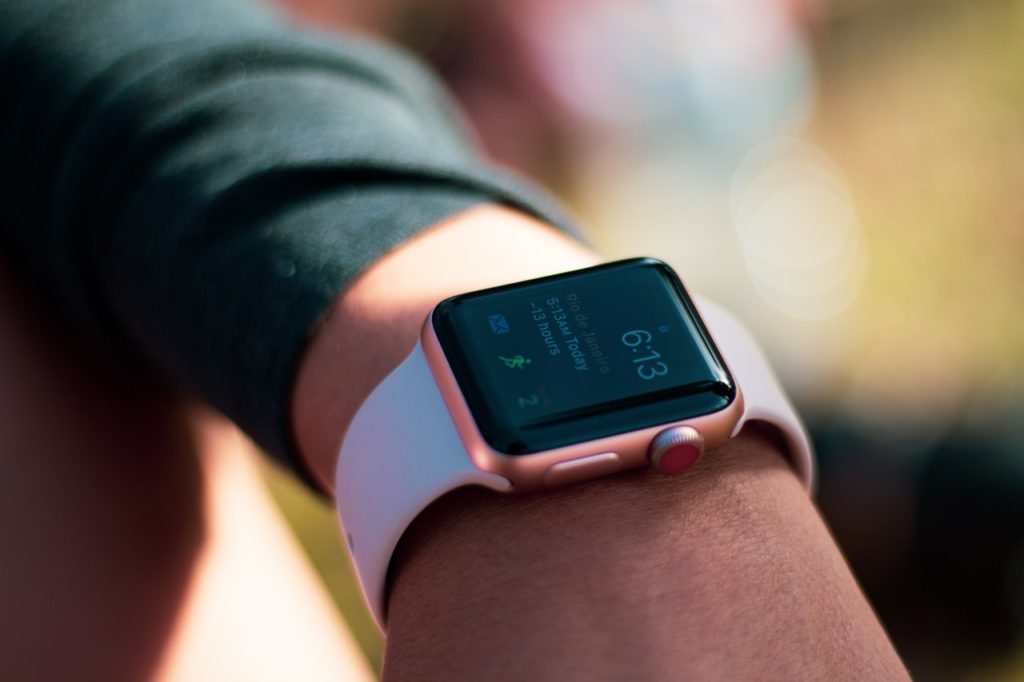
Many sleep tracking devices now available on the market have the capacity to measure:
- The amount of time you take to fall asleep
- The amount of time spent in each cycle
- Any abnormalities that may occur during sleep, including snoring, sleep talking, choking, or coughing
- Respiration, heartbeat, and body temperature
The features listed above are generally only the baseline features available with most devices. Many devices also offer a variety of additional nifty features, some of which include:
- Smart Alarms: these can be calibrated to a window of time that you need to wake up by. A smart alarm feature will wake you up within your time window at the best point in your cycle. The device will be able to detect a stage in your sleep when you are sleeping more lightly, and choose this point to rouse you awake. It is often when our alarm blares while we’re in the midst of deep sleep that we find ourselves feeling extra groggy and irritable. By utilizing a smart alarm feature, we’re able to effectively bypass that morning grouchiness!
- Relaxation Soundtracks: many devices and apps have gentle audio and music features. These sounds are specifically tailored for the stage and depth of sleep you’re currently in. Alternatively, many of these products offer the option of choosing audio sounds that you can hand-pick. This may include soothing sounds of rain, ocean waves crashing on the shore, or gentle winds.
- Sleep Schedule Reminders: with the option of setting a customized sleep schedule or wind-down time, your device can gently vibrate or alert you when your bedtime is nearing. This will encourage users to remain on schedule to facilitate a regular bedtime. After all, consistency is key when it comes to developing healthy habits.

The long-term data collected is often reflected on charts and graphs that are highly digestible. Many devices will allow you to compare your sleep patterns to the ones recorded in previous days or months, so that you can get a better idea of what parts of your nightly routine are working, and which may need to be modified. Additionally, most devices will compare your sleep patterns to that of users within your demographic. Sleep tracking device users are also encouraged to take notes on factors like caffeine or alcohol consumption, the last time you ate before bed, and any exercise completed for the day. The combination of your notes and the device’s data points will provide you with comprehensive insight on how your sleep quality may be affected by certain activities, eating patterns, stress levels, etc. Such technology makes it easier than ever to determine the variables that influence your sleep, and nudge you in the direction needed to adjust particular day-to-day functions in order to optimize your sleep!
